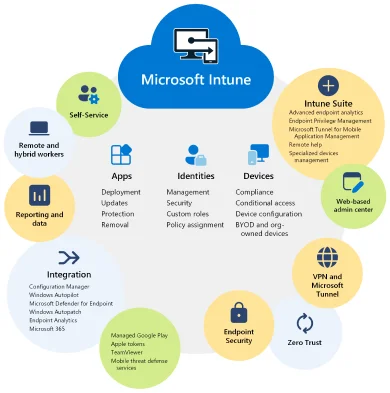

Mobile devices protection such as smartphones and tablets is more than just safeguarding devices; it’s about creating a secure environment where every endpoint is defended and monitored. This includes implementing advanced threat detection methods, endpoint security protocols, and continuous monitoring of network activities to detect and mitigate potential threats promptly. By focusing on these areas, we aim to not only defend against attacks but also to build a culture of security awareness within your organisation, ensuring that your operations remain resilient in the face of evolving cyber threats.
CISO Online™ provides a comprehensive suite of services, serving as your strategic partner in the battle against cyber threats. Elevate your organization’s cybersecurity posture and ensure a worry-free digital experience by clicking to fortify your endpoints. Invest in comprehensive cybersecurity strategies for endpoint protection to safeguard valuable assets, maintain business continuity, and fortify overall resilience against evolving cyber threats.
Struggling to navigate the vast array of endpoint protection solutions available? At CISO Online™, we specialise in alleviating the confusion and uncertainty surrounding your cybersecurity needs.
Our tailored approach ensures your business is shielded from threats with precision, driven by meticulous vulnerability assessments. Explore our bespoke solutions designed to fortify your endpoints and safeguard your digital assets.
Here are our key solutions for your endpoint protection needs.


Safeguarding Your Endpoints with CISO Online™ and Microsoft Intune
Using Microsoft Intune, a cloud-based endpoint management solution, simplifies app and device management across various devices, including mobile devices, desktop computers, and virtual endpoints.
We manage user access to organisational resources efficiently with Intune to simplify the process of managing different devices that access organisation resources, ensuring seamless collaboration and secure access, regardless of their location.
Microsoft Intune simplifies endpoint management through the following strategies:
1. Comprehensive Device Management
![]() Including Mobile devices, Desktop computers and Virtual endpoints
Including Mobile devices, Desktop computers and Virtual endpoints
2. Efficient App Management
![]() Simplified app distribution
Simplified app distribution
![]() Enforce app’s security policies
Enforce app’s security policies
3. User Access Management
![]() Enables seamless collaboration
Enables seamless collaboration
![]() Policies established for conditional access
Policies established for conditional access
4. Elevate Your Endpoint Protection Strategy
![]() Seamlessly integrate with other Microsoft solutions
Seamlessly integrate with other Microsoft solutions
![]() Automated compliance checks
Automated compliance checks
When you choose CISO Online™, you’re not just getting a solution; you’re gaining a strategic ally committed to your organisation’s security. Elevate your endpoint protection strategy with Microsoft Intune. Contact us today to fortify your defences safeguard your digital assets.
Intune can manage a variety of devices, including Windows PCs, macOS computers, iOS/iPadOS devices, and Android devices.
Intune integrates with Azure Active Directory (Azure AD) for identity and access management, Azure Information Protection for data protection, and Office 365 for application management. It is also part of the Microsoft Endpoint Manager suite, which combines Intune and System Center Configuration Manager (SCCM).
Device management, application management, policy enforcement, compliance reporting, conditional access, and support for BYOD (Bring Your Own Device) scenarios are some of the main features.
Intune helps enforce security policies on devices, manage device compliance, and ensure that only compliant devices can access corporate resources. It also supports encryption, password policies, and remote wipe capabilities.
Conditional access policies are used to control access to corporate resources based on specific conditions such as device compliance status, user location, and application sensitivity.
Intune allows administrators to deploy, configure, update, and manage applications on both corporate-owned and personal devices. It supports various app types, including line-of-business apps and apps from public app stores.
MDM (Mobile Device Management) focuses on managing the entire device, including settings, apps, and data. MAM (Mobile Application Management) focuses on managing and protecting specific applications and their data without necessarily managing the entire device.
Yes, Intune can manage devices that are not joined to a traditional on-premises Active Directory domain. Devices can be enrolled through Azure AD join or as personal devices (BYOD).
Intune supports BYOD by allowing employees to enroll their personal devices in a way that gives them access to corporate resources while keeping personal data separate and private.
The Company Portal is an app that users install on their devices to enroll in Intune, access corporate resources, install apps, and receive support from their IT department.
Yes, Intune is well-suited for remote work scenarios by allowing IT administrators to manage and secure devices regardless of their location, ensuring that employees can access necessary resources securely from anywhere.
Intune provides capabilities to manage software updates for Windows, macOS, iOS, and Android devices. Administrators can configure update rings, deployment schedules, and compliance policies to ensure devices are up to date.
Intune offers various reports and dashboards that provide insights into device compliance, app deployment status, user activity, and overall device health. These reports help administrators monitor and manage their device fleet effectively.

